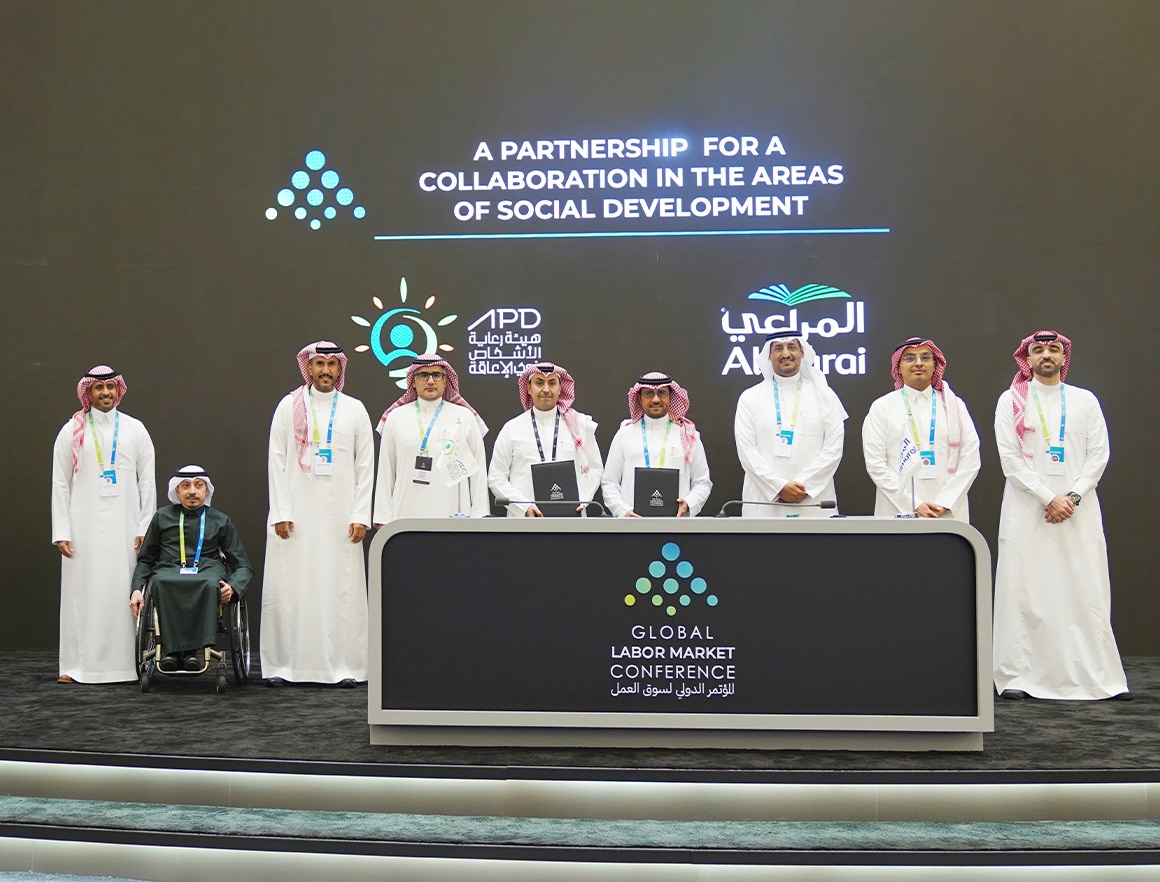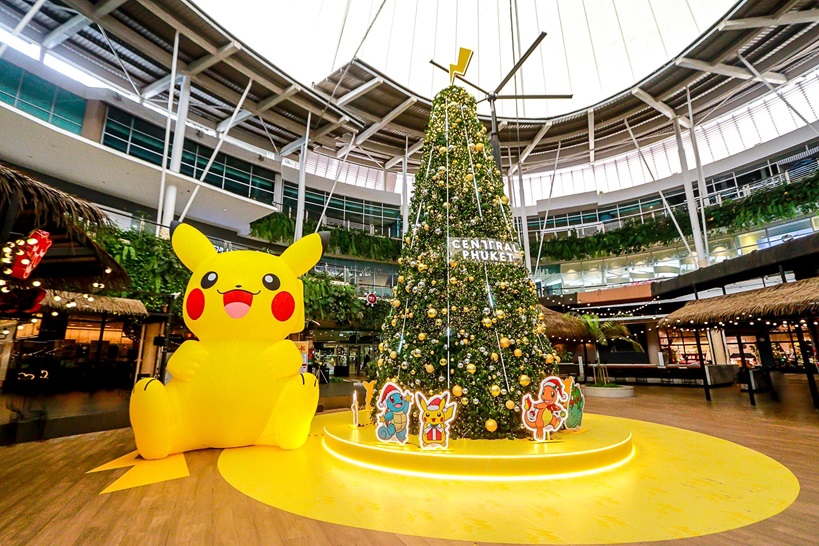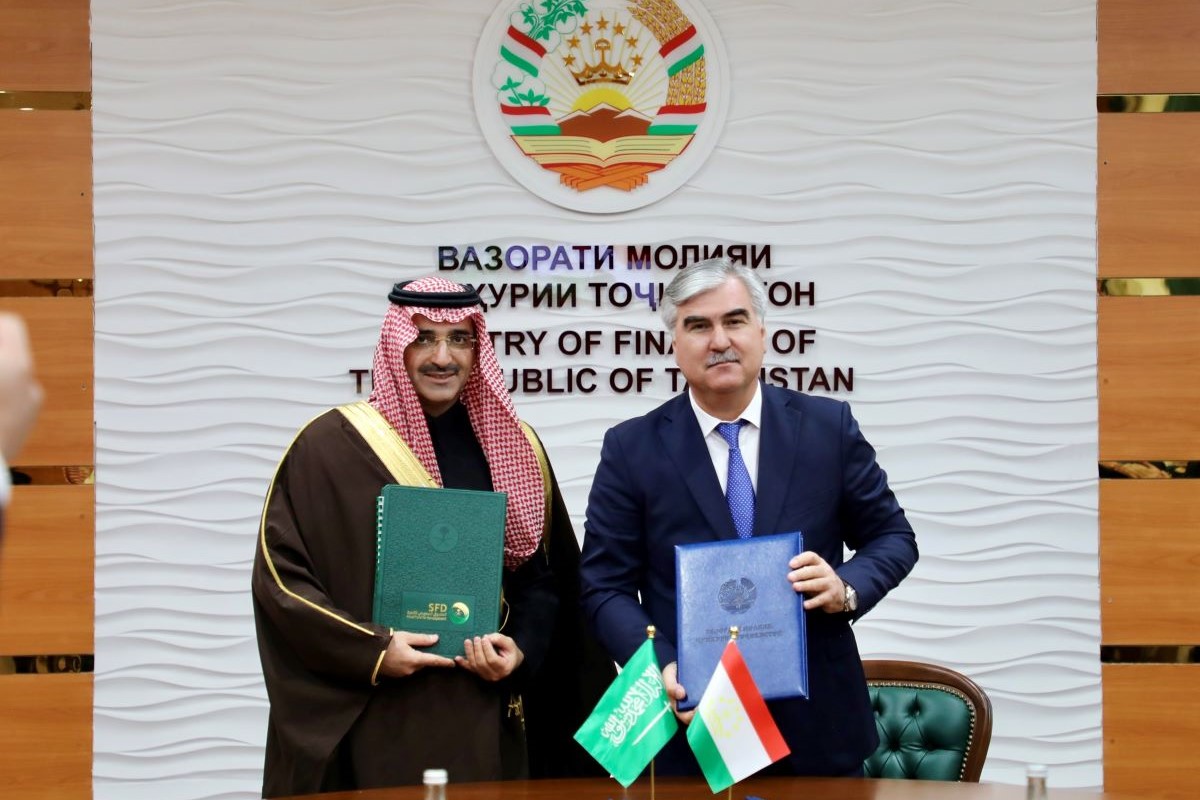Lewis Hamilton won a crazy, twice-halted Saudi Arabian Grand Prix for Mercedes on Sunday to go level on points with Red Bull rival Max Verstappen and set up a winner-takes-all title showdown.
For the latest headlines, follow our Google News channel online or via the app.
On a chaotic night in Jeddah, the first race in the Gulf kingdom took almost as many twists and turns as an already astonishing and enthralling rollercoaster season — and also left a bitter aftertaste.
There were crashes and collisions, safety cars, red flags, and claims of dirty driving after seven-times world champion Hamilton hit the back of Verstappen’s suddenly slowing car on the super-fast Corniche street circuit.
Extraordinary, at times angry, radio exchanges between the race director Michael Masi and the top two teams filled the airwaves.
With a bonus point for fastest lap, Hamilton moved alongside Verstappen at the top of the standings with 369.5 points after 21 races.
Verstappen, who finished second with Valtteri Bottas third for Mercedes, leads 9-8 on wins, however — meaning that the Dutch 24-year-old will be champion if neither he nor Hamilton scores another point.
Mercedes extended their lead in the constructors’ championship to 28 points, with an eighth successive title looking more real.
The final round of the season is at Abu Dhabi’s Yas Marina next weekend.
Brake-test
Hamilton had started on pole position but twice lost out to Verstappen, who began the day eight points ahead and was determined to give no quarter, at the standing re-starts.
The Dutch driver was ordered to hand back the lead, after going wide as Hamilton tried to pass on lap 37, but when he slowed Hamilton ran into the back of him.
“He just brake-tested me. I’ve just hit him, man, my wing’s broken,” exclaimed the Briton. “That was dangerous driving dude.”
Both were summoned to the stewards after the race.
Red Bull boss Christian Horner defended his driver. “I don’t know why he ran into the back of you like that, it made no sense,” he told Verstappen over the radio.
The Dutchman did hand back the lead on lap 42 but took it back immediately.
Stewards then gave him a five-second time penalty for leaving the track and gaining a lasting advantage but Verstappen again let Hamilton through.
“We didn’t need to do that, Max,” said his race engineer.
Mercedes were already angry with Masi, saying they had not been given sufficient time to inform Hamilton that Verstappen had been told to give back the place, and the Red Bull driver was also furious.
“What happened today is unbelievable and this sport is more about penalties than racing. For me, this is not Formula One,” he fumed.
Verstappen was still named ‘Driver of the Day’ in a fan vote.
Red flags
The red flags first came out on lap 14 after a safety car period triggered by Mick Schumacher crashing his Haas into the barriers.
That stoppage played into the hands of Verstappen, who stayed out while Hamilton pitted from the lead for fresh tyres to take advantage of the safety car deployment.
The advantage disappeared, however, when the standing re-start triggered more chaos.
Hamilton made the better getaway but Verstappen went off track to keep the lead, with Alpine’s Esteban Ocon forcing his way past Hamilton into second place.
“I had to avoid a collision there,” exclaimed Hamilton. “He cut across the whole kerb. He just overtook me outside the white line.”
The race was halted a lap later when Haas’s Russian rookie Nikita Mazepin and Williams’s George Russell collided while Verstappen’s team mate Sergio Perez spun and was hit by Ferrari’s Charles Leclerc.
Masi then offered Red Bull the “opportunity” to line up on the grid for the third standing start behind Hamilton, with Ocon in the lead.
“You’d be back behind Lewis,” said the Australian. “That is my offer.”
“We accept that,” came the reply from Red Bull’s team manager Jonathan Wheatley.
Verstappen seized the lead again, with Hamilton passing Ocon, and the battle was on — punctuated by more virtual safety car periods.
“Get in there Lewis!” Hamilton’s race engineer shouted at the chequered flag. “That has got to be the craziest race I can remember, the cool heads won that out.”
Read more:
Saudi Crown Prince attends inaugural Saudi Arabian Grand Prix
Saudi F1: Qualifying crash dents hopes of early title party for Verstappen
F1 coming to Jeddah is a ‘dream’ for Saudi Arabia’s first female racing driver

 World3 years ago
World3 years ago
 World2 years ago
World2 years ago
 Entertainment7 years ago
Entertainment7 years ago
 World7 years ago
World7 years ago
 Entertainment7 years ago
Entertainment7 years ago






